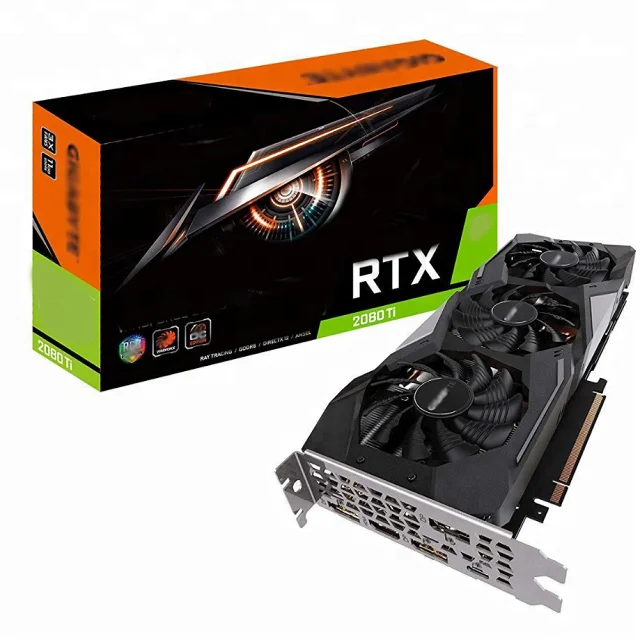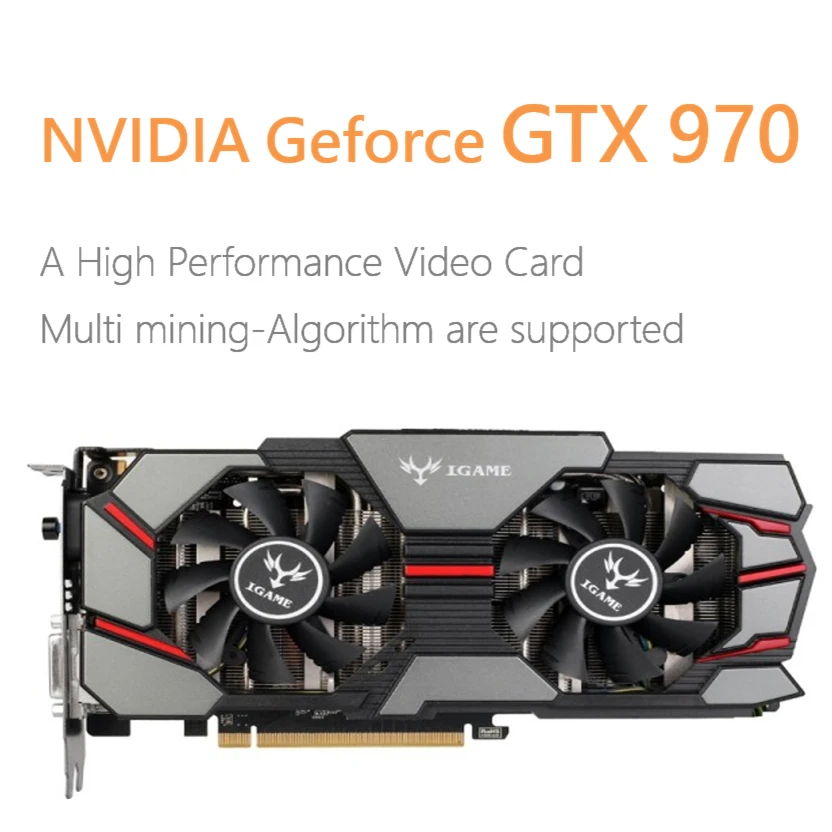
CardĪs with the rest of Nvidia’s range, it’s next to impossible to buy a GTX 970 with a reference cooler, or one using the reference clock speeds.


As with other cards that use the Maxwell architecture, the GTX 970 is surprisingly power-efficient, only drawing 145W when playing the most demanding games. The underlying GM204 GPU core has much in common with the GTX 980, except here it consumes less power as part of the chip is disabled. The 4GB of GDDR5 memory runs at 1,750MHz, operating on a 256-bit memory bus. The reference design has 1,664 CUDA cores running at 1,050MHz, boosting up to 1,178MHz when thermal limits allow. Although the final 512MB is much slower than the high-performance segment, it is still fast enough for the graphics card to use it rather than rely on swapping data with system RAM.ĭespite this specification stumble, however, the GTX 970 is still a seriously powerful GPU.
#Best graphic card benchmark gtx 970 driver#
At this point, Nvidia’s video driver attempts to put the least important data in the slower segment. Only after the first 3.5GB is requested, to fill up the entire high performance segment, will the 512MB segment get used.
#Best graphic card benchmark gtx 970 full#
In practical terms, however, applications see the full 4GB of RAM and the video driver balances out the load. The low-performance segment is significantly slower to access than the high-performance segment, hampering performance. As a result, the video memory is split between a high-performance segment containing 3.5GB and a low-performance segment with the remaining 512MB.

Instead, one of the GTX 970’s four memory controllers is only partially enabled, meaning only 1.75MB of the L2 cache is switched on. However, it turns out an error in the specification tables that went out to reviewers and board partners means this isn’t the case. The GTX 970 was understood to have three fewer streaming processors than the GTX 980, meaning fewer texture units and a slower core clock speed, but otherwise retain the same 4GB of GDDR5 memory and 2MB of L2 cache for accessing it. Nvidia originally pitched the GTX 970 as a die-harvested derivative of the flagship GTX 980 - this means the company would re-use chips that weren’t able to run at full GTX 980 speeds for the less powerful model, rather than let them go to waste. The most powerful Nvidia-based card we’ve tested is the GTX 970.


 0 kommentar(er)
0 kommentar(er)
